
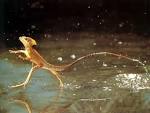
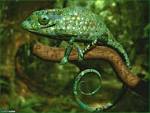
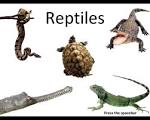
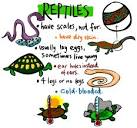
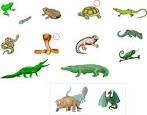

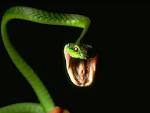
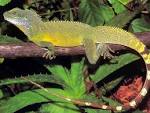
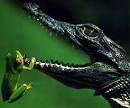

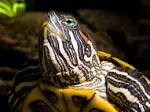



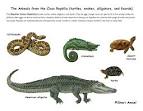


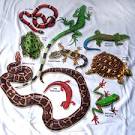

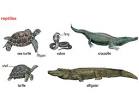


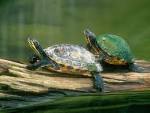
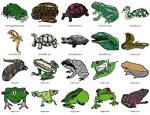

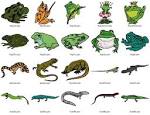
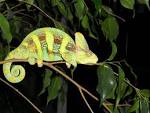


Traditionally, reptiles are members of the class Reptilia comprising the amniotes that are neither birds nor mammals. (The amniotes are the vertebrates with eggs featuring an amnion, a double membrane that permits the embryo to breathe effectively on land.) Living reptiles, in that sense, can be distinguished from other tetrapods in that they are cold-blooded and bear scutes or scales.
Reptiles are cold-blooded animals. This means they are unable to regulate their own body temperature like birds and mammals do. Therefore, reptiles must modify their activity and behavior to accommodate changing environmental temperatures. They must seek shelter during excessive heat (to prevent over-heating) and extreme cold (to prevent hypothermia). But being cold-blooded has its advantages too. It has enabled reptiles to enjoy success in habitats that mammals and birds find challenging. Since reptiles do not need to burn calories to fuel a constant body temperature, they can survive on much less food intake that birds and mammals. For this reason, reptiles are the dominant vertebrate in desert habitats.
See also: Snakes, Lizards
 |
 |
 |
|
 |
 |
 |
 |
 |
 |
 |
 |
 |
 |
 |
 |
 |
 |
 |
 |
 |
 |
 |
 |
 |
 |
 |
 |
 |
 |
 |